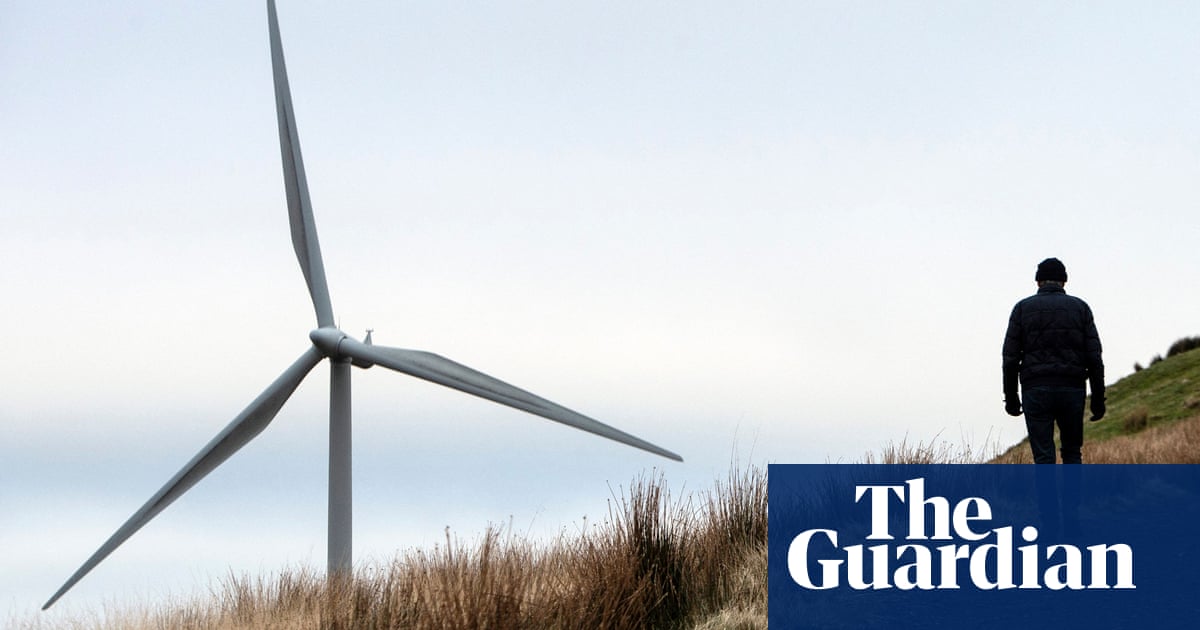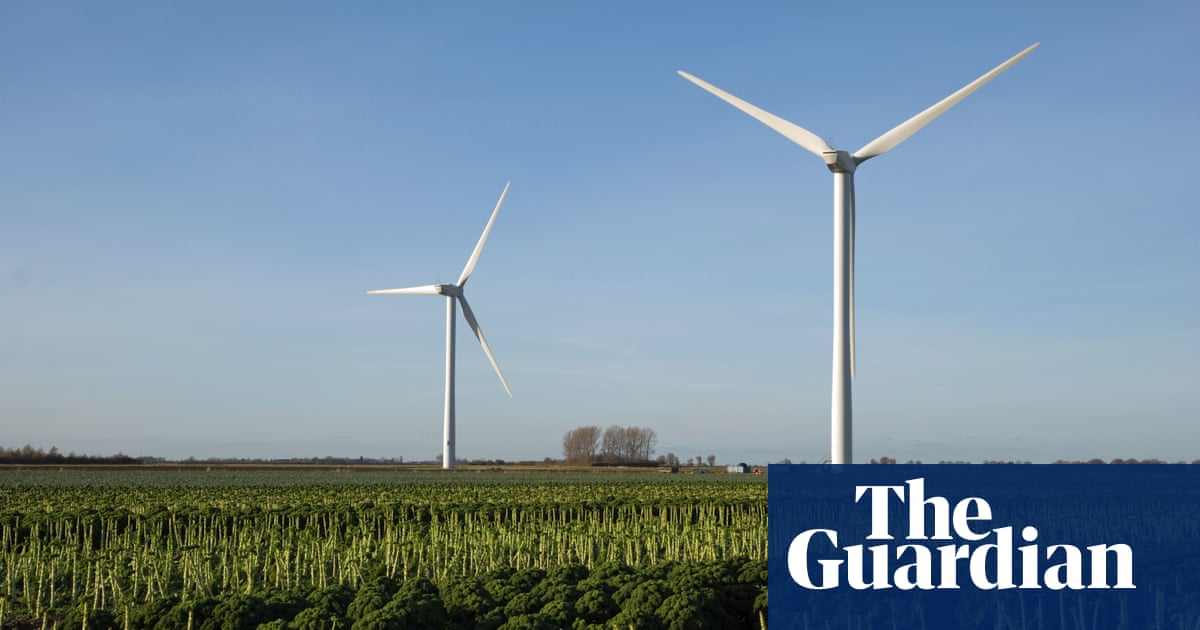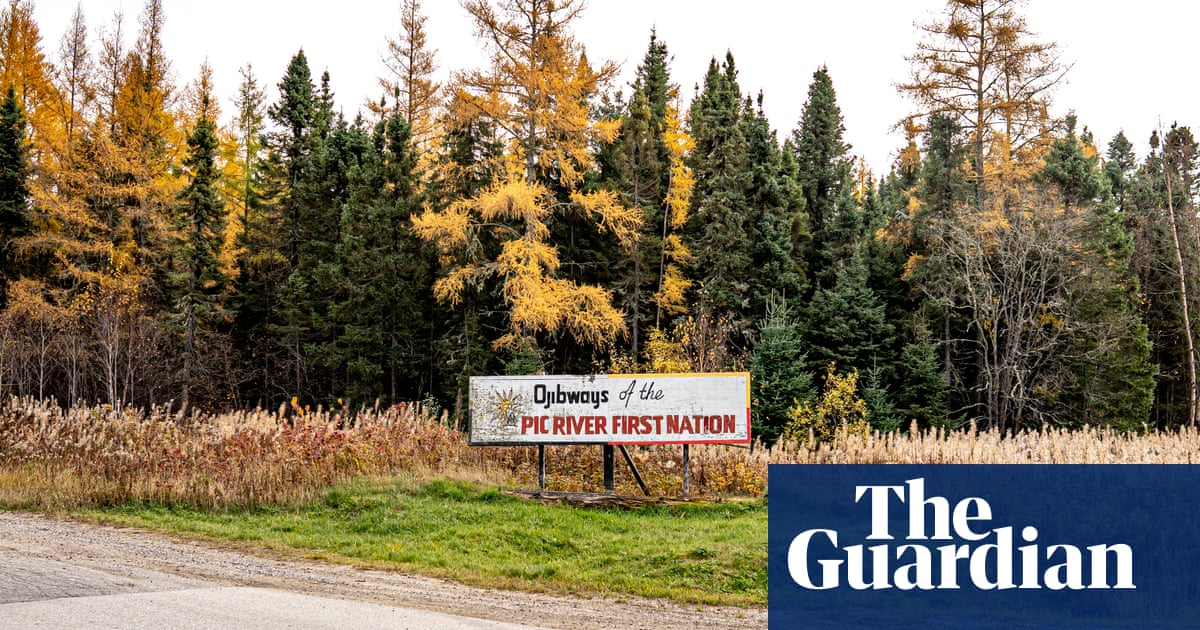
Ministers will this week announce a series of changes designed to make it easier for developers to win planning permission to build onshore wind turbines.
The government could publish proposals as soon as Tuesday on how to adapt the planning system to stop local authorities standing in the way of almost every new wind power development on land.
Downing Street hopes that the changes will placate a group of potential Conservative rebels who have been pushing for the law to be liberalised and have threatened to intervene in Tuesday’s debate over the government’s energy bill. But even if they do, onshore wind developers warn that the changes are unlikely to be sufficiently wide-ranging to kickstart significant new generation.
A Downing Street spokesperson said on Monday: “We support the development of onshore wind where there is local support. Applications will continue to be decided at a local level.”
Developers say the changes would still leave an effective ban in place, while Labour’s Ed Miliband promised to give onshore wind parity with other infrastructure projects.
Under the current system, a local authority can reject an application to build an onshore wind farm on the basis of a single objection from a local resident. Any new development must also have been included in the authority’s most recent local development plan, a document that covers several years’ worth of building schemes.
These requirements, which are not applied to other energy sources, were put in place in 2015 by David Cameron under pressure from many of his own MPs, who did not support the widespread development of onshore wind.
Collectively, they have contributed to new onshore wind development almost stalling, leading critics to call them a “de facto ban”. Only 20 onshore wind turbines have received planning permission since 2015 – just 2.7% of the number granted permission between 2009-14, before the restrictions were put in place.
No 10 decided to act last year after 34 Tory MPs, including the former prime ministers Liz Truss and Boris Johnson, signed an amendment in support of more onshore wind.
In response, the government published a consultation on changing the rules, which suggested that developments could be approved as long as local authorities could show they had consulted local residents, rather than having had to address every single concern.
Ministers are due to publish their response to that consultation this week, with rebels threatening to introduce an amendment to the energy bill if their concerns are not met. One told the Guardian on Monday, just a day before the bill was due to return to the Commons, that they remained locked in negotiations with ministers.
Some, however, say that even if the government accepts all the demands of its own MPs, it will still not be enough to unlock the country’s onshore wind potential – in part because the rebels have proposed eliminating developers’ right of appeal.
Instead, Labour is promising that if elected next year, it will bring onshore wind entirely into line with every other form of infrastructure development.
Miliband, the shadow energy secretary, said: “The Sharma amendment is a modest improvement on the current situation, but because Rishi Sunak’s zombie government remains hostage to backbenchers, it still imposes a uniquely restrictive regime.”
Greenpeace’s chief scientist, Dr Doug Parr, agreed: “Why should onshore wind face more planning obstacles than new housing or roads when it’s one of the cheapest, greenest and fastest forms of electricity to develop?”












